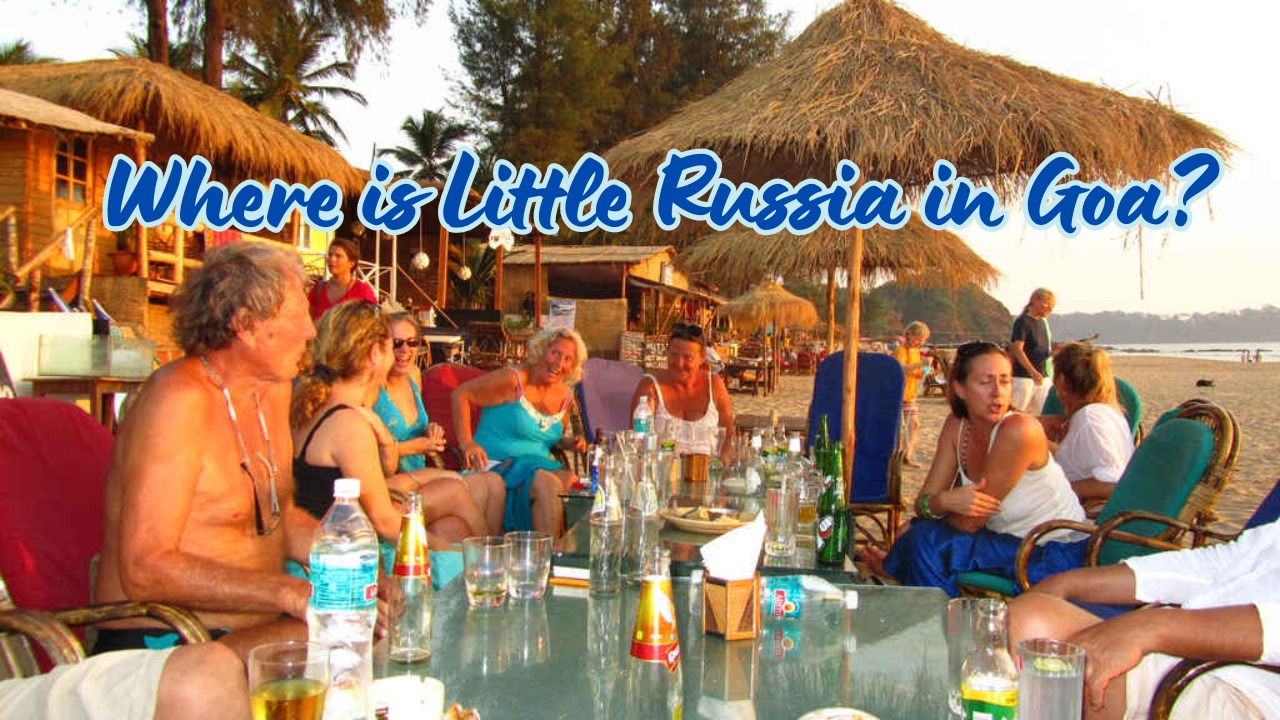Nestled along the sun-kissed shores of Goa, known for its vibrant culture and diverse population, exists a unique enclave that has come to be affectionately referred to as "Little Russia." In this article, we embark on a journey to explore the geographical, historical, and cultural dimensions of this distinctive community, shedding light on the Russian presence that has woven itself into the fabric of Goa's cultural landscape.
Location of Little Russia
Little Russia in Goa is not a defined administrative area but rather a colloquial term used to describe specific neighborhoods or regions where a significant number of Russian residents, businesses, and cultural establishments are concentrated. Commonly found in popular tourist destinations, these areas often blend seamlessly with the broader Goan landscape, offering a distinctive flavor to the region.
Historical Context
The roots of Little Russia in Goa can be traced back to the latter part of the 20th century when a growing number of Russian tourists and expatriates began to visit and settle in the state. The warm climate, picturesque landscapes, and the welcoming atmosphere of Goa acted as magnets, attracting a steady stream of Russian visitors who eventually became part of the local community.
Cultural Significance
Little Russia has become a melting pot of cultures, where Russian traditions coalesce with the vibrant Goan way of life. The area is dotted with Russian-owned businesses, restaurants serving authentic Russian cuisine, and cultural institutions that offer a glimpse into the rich heritage of the Russian community. This cultural interchange has not only added diversity to Goa's cultural tapestry but has also fostered a sense of unity among residents.
Demographics
The demographics of Little Russia are a dynamic mix of locals and Russian expatriates or long-term visitors. This coexistence has given rise to a unique blend of traditions, celebrations, and daily life that reflects the harmonious integration of two distinct cultures.
Economic Contributions
The economic impact of the Russian community in Little Russia extends beyond the cultural sphere. Russian-owned businesses, resorts, and real estate ventures have made significant contributions to the local economy, creating a symbiotic relationship that benefits both the Russian community and the broader Goan population.
Challenges and Integration
While the integration has largely been successful, there have been challenges faced by the Russian community in Goa. Language barriers, cultural differences, and occasional misunderstandings underscore the need for continued efforts in fostering cross-cultural understanding. However, initiatives promoting cultural exchange and community integration have been pivotal in addressing these challenges.
Tourism and Attractions
Little Russia has become a magnet for tourists seeking a unique blend of Russian and Goan experiences. From authentic Russian eateries to cultural events that showcase the diversity of traditions, the area offers a rich tapestry of attractions that draw visitors from around the world.
Future Outlook
As Little Russia continues to evolve, its future remains intriguing. Anticipated developments, increased cultural exchange, and ongoing efforts to strengthen community bonds are likely to shape the area's trajectory. The coexistence of Russian and Goan cultures in this sunny haven exemplifies the beauty of cultural diversity and the enriching tapestry that emerges from such intercultural exchanges.
Conclusion
Little Russia in Goa stands as a testament to the harmonious coexistence of diverse cultures. The Russian presence has not only added a unique flavor to Goa's cultural landscape but has also become an integral part of the region's identity. As the sun sets over the Arabian Sea, Little Russia remains a shining example of how cultural diversity can thrive and flourish in the warm embrace of Goa.








Comments